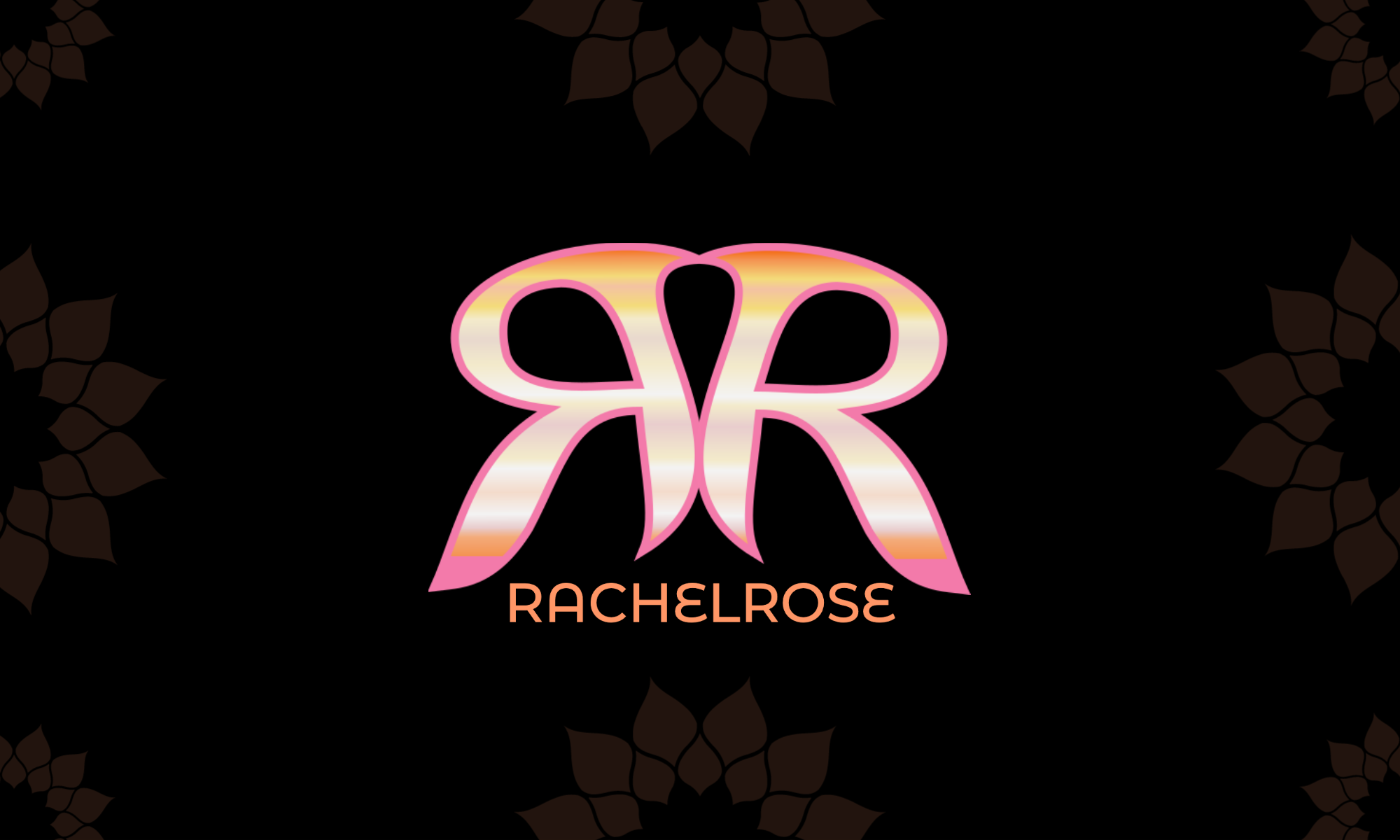Table of Contents

What is it?
An all-round sound strategy
As my studies in Neuromusic continue, I find myself curious about an ever-widening array of music and sound-based disciplines. One that caught my eye is sonic branding.
This is a powerful, 360º strategy for a business! You could almost call it “surround sound!” 😉. By integrating unique and unforgettable auditory elements into their visual branding, companies have the power to significantly amplify their impact and create a lasting imprint on their audience’s minds.
Music awakens emotions in a deep and powerful way. Audio branding helps connect a brand to its users’ feelings. Think about it: A home decoration business will clearly have a different sound strategy than a techno nightclub. The former may wish to transmit security, safety, and comfort, whilst the latter would send out edgy, ecstatic vibes.
More than just a jingle
The use of sound in branding goes far beyond jingles. It includes UI/UX elements like in-app sounds when you press a button, accomplish a task, or open a new element.
I studied UX last year. I found it fascinating, and it has strongly informed my design work ever since. Good UX makes a brand stand out; excellent UX makes a brand succeed. Incorporating audio into UX is next-level marketing. A sound “sound strategy” could have a resounding impact on a business. (ba-da-boom)
Sonic Branding Hashtags
If you are interested in this field, here are some of the hashtags in use:
#music #musicbusiness #sonicbranding #sonicstrategy #soundbranding #soundstrategy
Sonic Branding Agencies
Stephen Arnold Music (Texas, USA)
SAM began working with branding and sound in 1993. They have worked with some of the biggest brands in the world. Specifically focusing on the link between sound and emotions, they use “the science of sound” to build brand recognition.
Good sonic branding stimulates an emotional response, but great sonic branding does more–it becomes rooted in the belief system.
Stephen Arnold Music
Audiant Labs (London, UK)
Working in the field of sonic branding since 1980, meet Audiant Labs. Its CEO and founder, Ruth Simmons, is called “The Godmother of Sync“. Her “soundlounge” project is a world leader in sync and sonic branding.
While sync is not exactly the same as sonic branding, there is some overlap between the two. Sound and music used in commercial settings (like TV shows, video games, or live events) become identified with the brand.
Think of the theme song from Friends. You probably don’t know the artists who recorded it, The Rembrandts. But if you lived through the 1990s, you’ll instantly think of the TV show when you hear the song. This is a sound strategy that paid off, both in terms of brand recognition, but also for the artists who wrote and played the song.
DLMDD (London, UK)
DLMDD won the Kyoto Global Design Award (2022) for their audio branding work with Singapore Airlines. The flowers of the SA Batik Motif were the starting point. Dominic Murcott created an instrument using the frequencies of the flowers’ colours. The symphony was created by Rohan de Livera. It is really quite amazing and inspiring to learn about this project!
There is a fascinating description of DLMDD’s creative process on the KGD website. And here is the “making of” of the sonic brand.
Sonhouse (Belgium)
Sonhouse is Here is Cédric Engels from Sonhouse giving a TED talk about Sonic Ecology.
If the sounds you produce are not better than silence, it’s noise, sound pollution.
Cédric Engels
UnMute Creative Sound Agency (Denmark)
This Copenhagen production studio offers one of the clearest sonic branding examples I’ve found so far. On their Instagram page, they share the sound palette they created for the charging network, clever.dk.
The new sonic identity embodies both innovation and sustainability and is mixing electronic elements with acoustic instruments and sounds from nature.
unMute Creative Sound Agency
Coda
The field of sound design and its connection to emotions captivates me. Having been a therapist (body worker and yoga teacher) for over twenty years, I know the emotional-vibrational anatomy well. As a self-taught musician, I connected with music via feelings and perception rather than learned theory. As a student of Neuromusic, I am knitting this all together.
If you find the field of sonic branding as bewitching as I do, please get in touch with me via my socials. I would love to connect.
Proudly powered by WordPress











